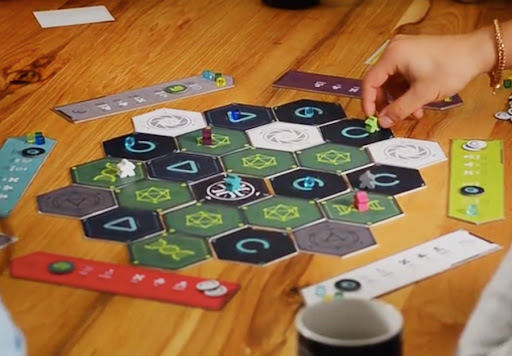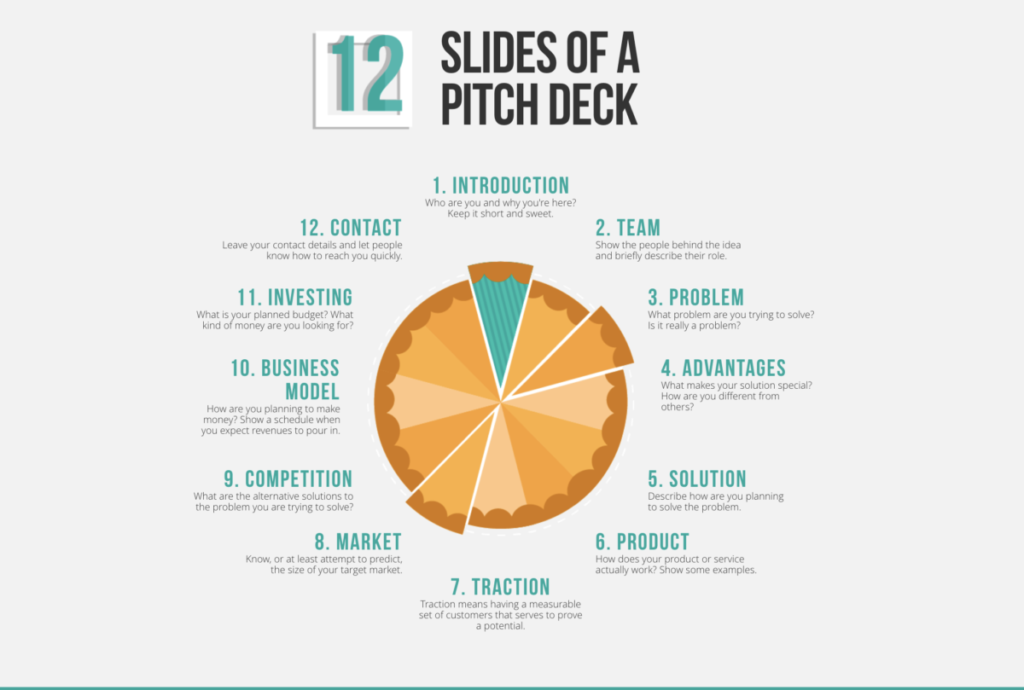
Discussion questions:
What is the difference between Games and Play?
What is a system? How can we understand games as a system? Give examples of “systems” at the core of several specific games?
What is the magic circle? Why is it important?
What does a game need to have in order to be a game?
Describe the MDA system?
In Groups Present your game analysis – Using the MDA system offer Feedback – Identify what core mechanic is at play. Consider how this affects the game dynamics? and lastly what is the aesthetic of the game? What kind of game is it? Who is the game for?
Group Challenge:
Change the Rules:
Defining Rules:
In small groups take the game Monopoly and change some of the rules to see how the changes affect game play. The rule changes should be given a conceptual focus. For example, how can you make Monopoly more interesting for all the players. Each group must write the complete rules for its game variant and watch other groups try to play their games with only the written instructions as a guide.
According to Rules of Play by By Katie Salen Tekinbaş and Eric Zimmerman
- Rules limit player action
- Rules are explicit and unambiguous
- Rules are shared by all players
- Rules are fixed
- Rules are binding
- Rules are repeatable
Homework: Using the MDA Model please brainstorm ideas for a game. It should be a cooperative game. THIS IS A DRAFT … you will work on prototyping in class …
Step 1: Warch Matt Leacock’s presentatation:
Cooperation and Engagement: What can board games teach us?
Designing Pandemic – Matt Leacock
Step 2:
Brainstorming and Ideation
- Come up with the ideas based on a theme or topic of your interest.
- Flesh out the idea thinking about the mechanics of your game.
- Determine the age range of your players.
- Set player, time, and size limits for your game.
- Points to Consider:
- How many players will there be?
- How long should the game be?
- What choices will the player make, and when will they make them?
- How will the player make these choices?
- How will one player’s choice impact the other players?
- How will the players interact with each other?
- Are there any choices that can be made by one player, but not by the others?
- How does the game progress? Is it strictly turn-based, or is it in rounds with phases?
- What actions will the player be able to take?
- How will the outcome of an action be determined?
- What is the player’s goal?
- How can the player win?
Drafting your proposal:
Your draft should include the following:
THEME or TOPIC (used as the inspiration for your game)
TITLE (come up with an interesting title for your game)
GENRE (what type of game it is)
DESCRIPTION (in your own words, describe your game)
DEFINING TRAITS:
– Goal ( what is the specific OBJECTIVE that players will work to achieve).
– Rules (how the game is played and how the elements of the game take actions).
– Feedback System (what information visual or otherwise the game gives to provide information
on their performance).
- Constraints (Mechanics)
- Interactions (how do players interact) (Dynamics)
- Rewards and Punishments
ELEMENTS OF THE GAME:
– Objects (are the elements with which the game is played) Describe and explain.
– Actions (are the things players do while playing the game. Often, these involve using the objects in varying ways).
– Playspace (is the area within which a game is played) Describe in detail.
– Players (are the participants in the game) Describe details.







